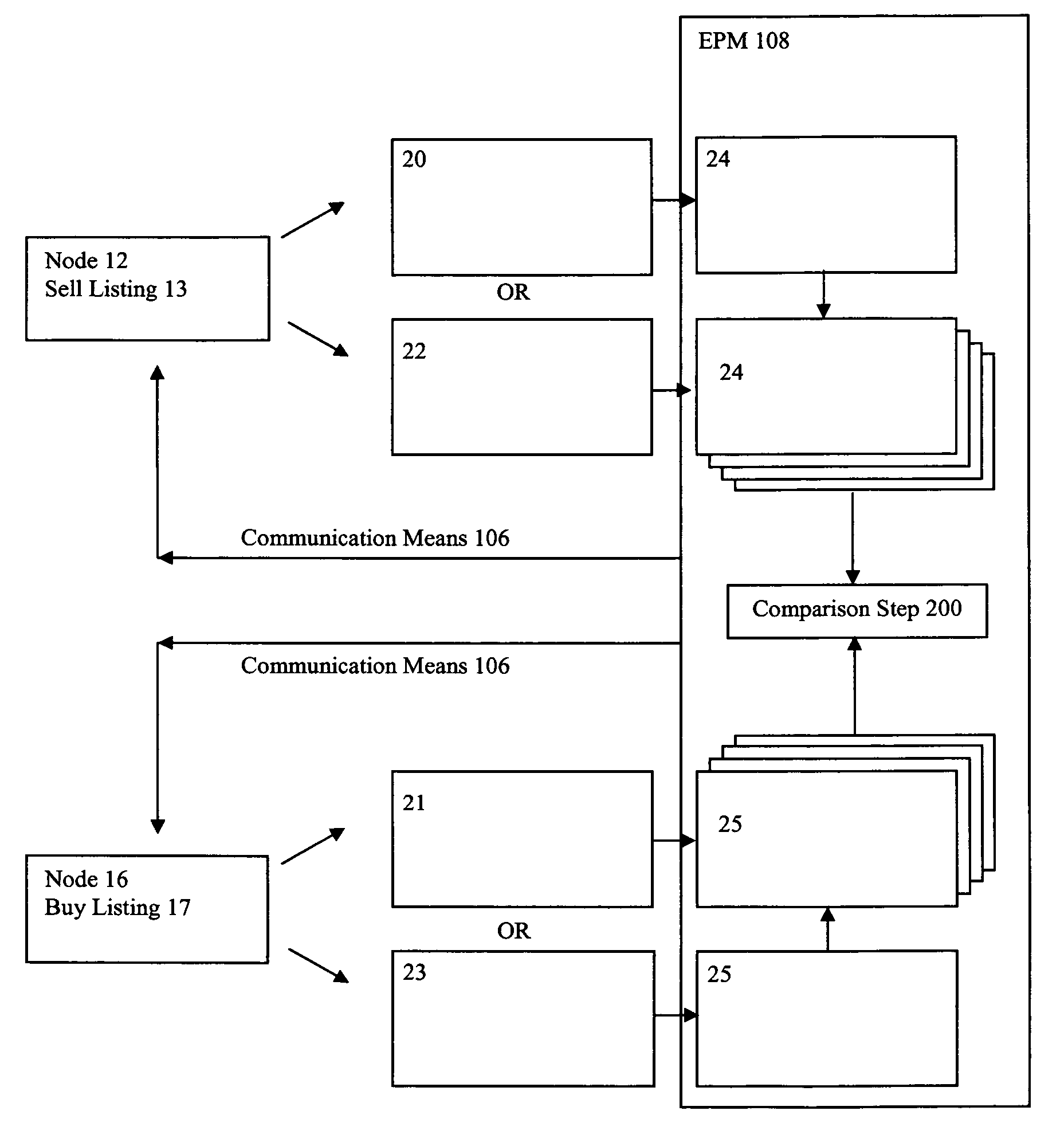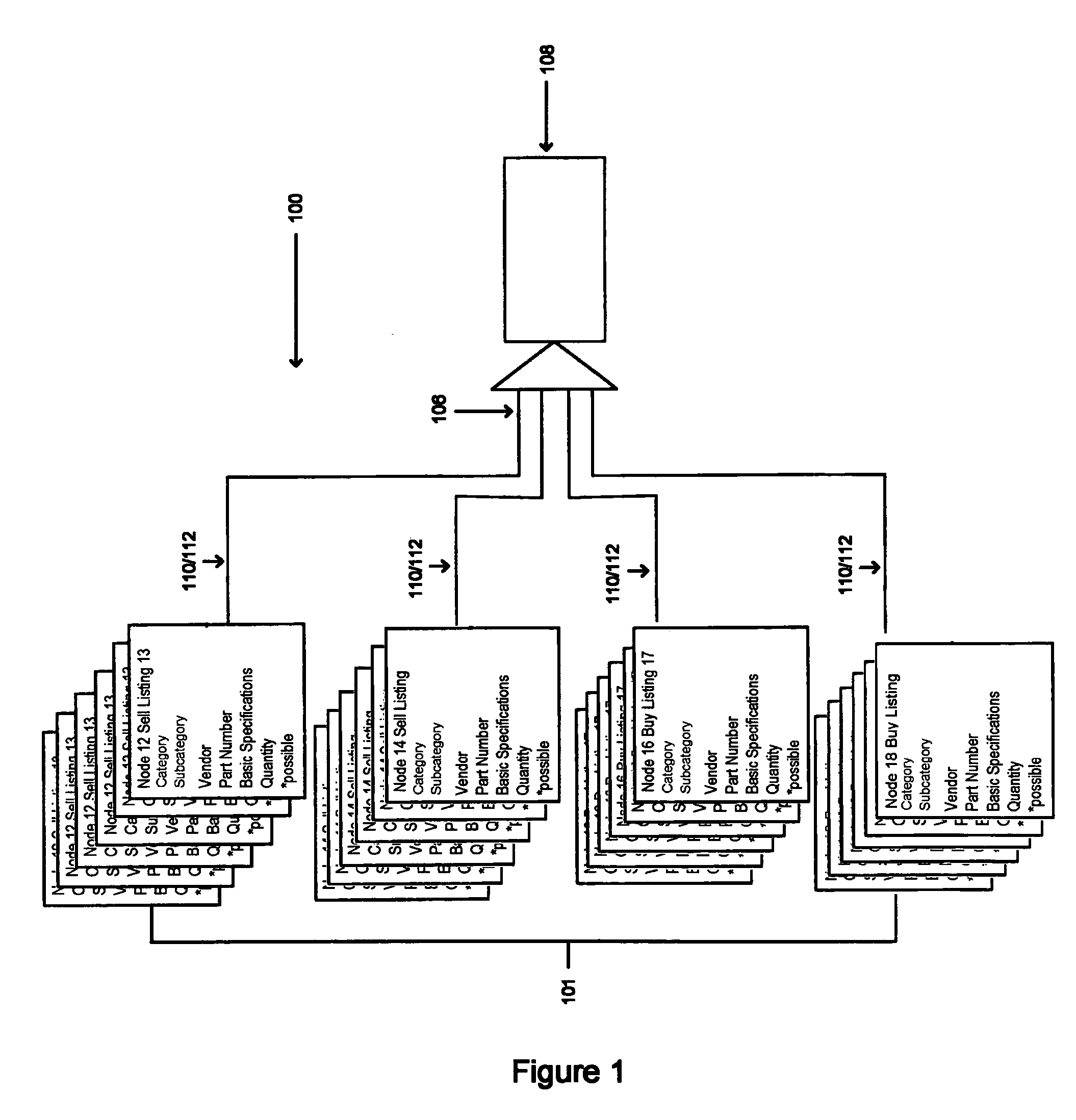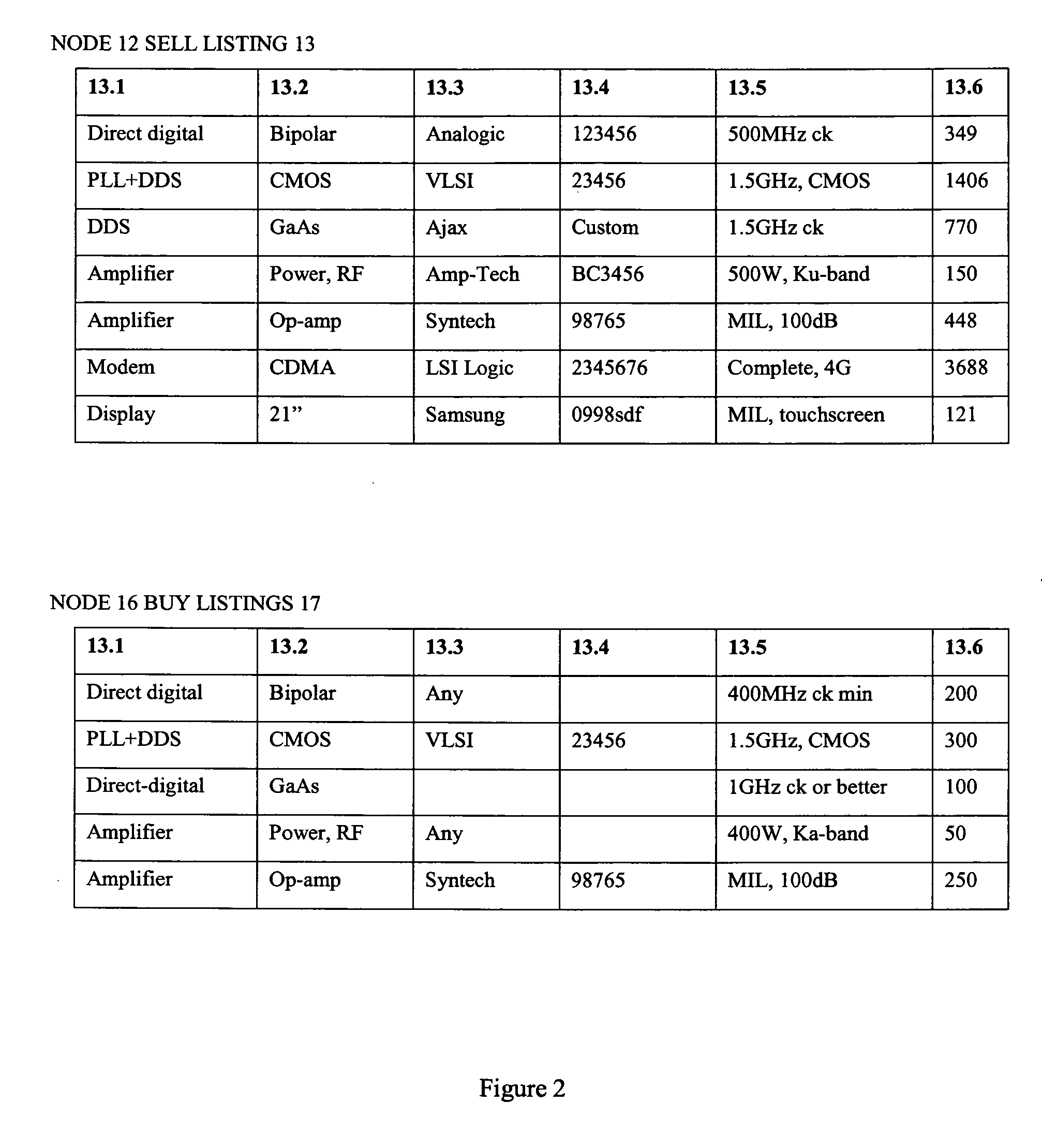And, systems and methods for moving inventory from storage to the sales floor before the storage cost per item causes the retailer's profit to significantly diminish.
While this patent is related to selling a retailer's inventory, it in no way is capable of managing inventory.
But, this patent does not address the problem of inventory that does not sell or inadequate inventory to meet demand.
However, given the unpredictable nature of the
consumer, this invention cannot address inventory problems that arise from an unexpected change in
consumer demand.
Some overage is planned to accommodate
production engineering, losses in production, and subsequent repairs, resulting in a specific order quantity to be absorbed by the program.
This practice reduces the risk of shortages, which can cause expensive problems when the part involves a long
lead time and / or high low-
quantity unit prices.
Some requirements cannot be met by catalogued vendor-standard parts, but require the design and production of custom parts.
Inventory excess is expensive, and many companies have developed business methods for dealing with the problem.
The problem with this approach is that it increases the unit price and raises the cost of doing business, thus reducing the competitive position of the project and the company that orders parts in this manner, and the higher cost is amplified when a later insufficiency arises and a still higher cost must be paid to buy smaller quantities at that later date.
There are several potential problems with this ordering strategy.
The vendor may not be willing to accept returns.
The vendor may impose a restocking charge that raises the per-
unit cost of the parts used.
If the retained quantity crosses into the next volume discount column, the per-
unit cost can rise very substantially (in addition to restocking charges).
The problem with this approach is that the motivation to use those parts is purely financial, and may drive the technical group in directions that are not technically optimum and / or do not meet goals set by the marketing group.
The problem with this approach is that in most cases the number of parts used will be too small to materially affect the gross financial effect of
obsolescence of the parts remaining in inventory.
There will then be claims of “usage” by the company, and of “
obsolescence” by the auditors, leading to argument, negotiation, and compromise that saps resources and potentially injures the relationship, particularly when the
impact of
obsolescence is critical to the achievement of financial targets.
The problem with this approach is that the sales representative's loyalty is to the company that employs him, and that company seeks new customers for its products.
There is little motivation for a representative specializing in sales of new parts to develop a secondary market for surplus parts.
The sales representative that complies with such a customer request can jeopardize employment.
The problem with this approach is that surplus dealers are experts in obsolescence, know that by waiting the parts valuation will decline to near zero, and are not motivated to pay a higher price a few months earlier except in the rare cases in which they may have identified a specific customer for a specific part.
The problem with this approach is that this puts that company into a new business for which it is probably not configured, staffed, or funded, and the establishment of such a new business center may be more costly than the money it saves.
The problem with this approach is that this raises the complexity of that transaction, and of subsequent transactions, for the surplus dealer, and the cost of that additional complexity may be higher than any likely increase in perceived value.
At the large company level that solution is sometimes impractical.
When the original imperfection in judgment resulted in one or two items selling out earlier than expected, or the unplanned success of a particular style or color of an item, it may not be cost-effective to place a re-order if there are often minimum order quantities, or penalties when orders are below some threshold.
When an item sells out in the two colors of a local university, for example, it may not be cost effective to order twelve gross, ten gross of which will languish along with the original shipment.
In many such cases, the deficiency remains unsatisfied because there is no method by which the order can be filled cost-effectively.
Therefore, the cost of these custom parts is very high.
The cost for the company with the deficient parts to re-order additional custom parts is very expensive.
Further, re-order items may not be available at the factory or
distributor level because they are back-ordered, closed out, or discontinued, resulting in lower profitability for the company whose inventory is comprised of partial size runs or limited color options, etc., making the product difficult to sell.
At the other extreme, a company with a
franchise to sell protected branded merchandise will load excess merchandise onto a
truck at night and ship it to another outlet, unauthorized by the brand manager, and despite any obligation to not do such.
Between these two points exist many different potential solutions, of which none work sufficiently to satisfy the preponderance of the problems in the real world marketplace.
One problem with many existing
inventory management systems is that they report to management when a given monitored item reaches a re-order level at a given location or storage point, but do not compare levels of different locations or storage points and report comparative levels.
Another problem with existing
inventory management systems that monitor inventory levels at multiple sites is that they are not constructed to consider the value of the
equalization of inventory between nodes (locations, or storage points, or distribution points).
Another problem is that many such systems do not provide a mechanism to recognize the cost of an overstock at one point, with aging and obsolescing inventory, with a simultaneous understock at a second point, with loss of sales due to non-availability.
Another problem is that many such systems that do provide a mechanism that recognizes the importance of differential inventory levels, due to geographic preferences or errors made in placing orders, usually stop re-orders of obsolescing inventory and increase orders of understocked inventory, thus correcting the imbalance over time but in the least profitable manner.
Another fundamental problem with all such existing
inventory management systems is that they apply exclusively to members of an integrated organization and not to transients or otherwise unaffiliated business units, and therefore the beneficiaries of such systems are only those who are part of that organization.
For example, such a
system that addresses the national distribution of product X might have the potential to do so for the organization that “owns and operates” the
system, but not for the sole-site business that might benefit from its use, even if that sole-site's participation might assist the organization that operates the
system by reducing its logistics costs.
While many of the prior art inventory management and
equalization solutions may be suitable to one degree or another for the particular limited requirements they address, they are not optimum or generalized solutions for broad and diverse multi-node retail, wholesale, manufacture, and
distributor markets, do not meet the needs of transients passing through the system to satisfy inventory imbalance requirements, and are not sufficiently flexible to be adaptable to the needs of many potential users.
 Login to View More
Login to View More  Login to View More
Login to View More 


